This article was co-authored by Miguel Cunha, DPM and by wikiHow staff writer, Amber Crain. Dr. Miguel Cunha is the founder of Gotham Footcare and is a podiatrist based in Manhattan, New York. Dr. Cunha is a foot and ankle surgeon with experience treating a wide array of foot and ankle conditions from minor problems to complex reconstructive foot and ankle surgery. Dr. Cunha received his DPM from the Temple University School of Podiatric Medicine and completed his residency as the Chief Resident at the Washington Hospital Center and Georgetown University where he specialized in lower extremity trauma, diabetic limb salvage, and reconstructive surgery of the foot and ankle. Dr. Cunha is a member of the American Podiatric Medical Association, the New York Podiatric Medical Association, the American College of Foot and Ankle Surgeons, and is board certified in Podiatric Medicine.
There are 10 references cited in this article, which can be found at the bottom of the page.
wikiHow marks an article as reader-approved once it receives enough positive feedback. This article received 51 testimonials and 90% of readers who voted found it helpful, earning it our reader-approved status.
This article has been viewed 2,226,027 times.
Heel spurs are tiny protruding calcium deposits that develop near the base of your heel bone. They can be caused by repetitive activities, such as dancing or running, or they can form in association with plantar fasciitis. If you're feeling pain on the bottom of your foot near your heel, you may have a heel spur. Ease the pain by using an ice pack and taking ibuprofen. Home treatments include night splints and special stretches. If home treatments aren't helping, talk to your doctor about cortisone injections or surgery.
Steps
Trying Home Treatments
-
1See your doctor for a diagnosis before assuming what the problem is. If you have not yet gotten a diagnosis, it is important to see a doctor before attempting any home treatments.[1] Other conditions may have similar symptoms to heel spurs. Your doctor will likely need to do a physical exam and x-ray or CT scan to confirm the diagnosis and recommend treatment.
- Ask your doctor about any home treatments you are considering during your appointment.
-
2Wear night splints to improve your condition while you sleep. Night splints are braces that attach to your injured foot, ankle, and lower leg simultaneously. The splint stretches your plantar fascia ligament while you're sleeping, which helps to ease the pain.[2]
- These splints are usually called "Plantar fasciitis night splints" or "heel splints." You can buy them online, at sporting goods stores, and from medical equipment facilities.
- Some splints will come in small, medium, and large sizes. Other brands will fit a range of shoe sizes.
- You may find the night splint to be uncomfortable at first, but they can be very effective.[3]
- The night splint assists in holding the plantar fascia and the Achilles tendon in an elongated position during sleeping to expand the fascial sheath.
- Night splints help in stretching your calf muscle and supporting the arch of your foot.
- Night splints need to be used each night regularly and failure to wear these nightly limit their effectiveness.
Advertisement -
3Do plantar fascia stretches to loosen the ligament. Get into a seated position on the floor with your legs straight in front of you. Cross your injured foot over the knee of your other leg. Grasp the toes of your straight leg and gently pull them toward you. If you can't reach your toes, then wrap a towel around them and pull on the towel.[4]
- Hold the stretch for 10 seconds and repeat 20 times. You can switch legs and stretch your non-injured foot if you want to!
- Perform this exercise in the morning before you've done any standing or walking.
-
4Do calf stretches to strengthen and lengthen your plantar fascia. Place your hands on a wall. Extend your injured foot behind you, keeping your leg straight. Place the non-injured foot in front of you with the knee bent. Push your hips toward the wall and hold the stretch for 10 seconds. You should feel a pull in your calf muscles.[5]
- Repeat the stretch 20 times. Feel free to repeat this stretch for your non-injured foot, too.
-
5Try the doweling technique on your injured foot. Go to a hardware shop and purchase a dowel with a length of 150mm and a diameter of 20mm. Stand supported against a bench with the painful area pressed heavily down on the road. Roll it backward and forward on the area for 1 to 2 minutes. The pain might feel severe at first, but it lessens as you continue.
- Repeat this several times a day. You should experience no pain after several days, but you may feel some soreness at first.
Seeking Medical Treatment
-
1See your doctor about getting cortisone injections.[6] Cortisone is a steroid with strong anti-inflammatory properties. Ask your regular doctor about getting plantar fascia cortisone injections to help reduce your inflammation and pain. Some regular doctors and general practitioners give the injections in-office, or they could refer you to a specialist for the procedure.[7]
- Cortisone usually starts working within 3 to 5 days after the injection. Effects can last for several days to a few months -- results will vary.
- Most people are good candidates for this treatment.
- Cortisone injections are usually a temporary solution and your doctor may limit the number you can have. Too many injections in that area can cause the plantar fascia to rupture.
- Keep in mind that many conditions can cause heel pain beyond heel spurs.
-
2Have custom orthotics created for you by your podiatrist. Custom orthotic inserts are generally more expensive than generic heels cups and insoles purchased over the counter. However, they are specifically designed for your needs, making them very effective and helpful in the long run.[8]
- If taken care of properly, custom orthotic inserts can usually last you up to 5 years.
-
3Talk to a doctor about extracorporeal shockwave therapy (ESWT). ESWT is a non-invasive medical procedure that involves high-energy shockwave impulses being sent to the tissues surrounding the heel. It may stimulate healing for damaged plantar fascia tissue.[9]
- ESWT is usually done in multiple sessions over a period of time determined by your doctor. You may feel an increase in pain right after the treatment, with relief usually starting within a few days.[10]
- ESWT does not have consistent results. It's typically used as a last resort before considering surgery.
- The reason that ESWT works for some people is unknown. It is possible that the shockwaves cause inflammation in the treated area and this causes the body to send more blood to that area, which promotes healing.[11]
-
4Explore surgery options if no other treatments work. Before performing surgery, doctors usually give home treatments about 12 months to work. If no other treatments ease your pain, talk to your doctor about surgical options. Surgery doesn't always help this condition and should be considered only as a last result.[12] There are 2 surgeries your doctor will discuss with you:
- Instep plantar fasciotomy involves removing a part of the plantar fascia to ease pressure on the nerves in your foot. Nerve injury, arch instability, and rupture of the plantar fascia are all possible complications. However, if the potential benefits of the procedure outweigh the risks, then you may still want to proceed with this treatment option.
- Endoscopic plantar fasciotomy is very similar to instep plantar fasciotomy, but uses smaller incisions so that you'll heal faster. Endoscopy has a higher rate of nerve damage, so consider this before moving forward with this option.
Relieving Heel Spur Pain
-
1Take a break from exercise and get some rest.[13] You need to stay off of your aching foot as much as possible for at least a week. Think about possible causes of the problem while you're resting and figure out how you can make some changes.[14] Some actions that can contribute to heel spurs include:
- Running too often or running on hard surfaces such as concrete
- Tight calf muscles
- Shoes with poor shock absorption[15]
-
2Apply an ice pack to your heel.[16] Place your ice pack on your heel for 10 to 15 minutes at least twice a day. Ice can help relieve pain and prevent heel swelling by decreasing blood flow to that area.[17]
- You can also try rolling your foot over an iced can or bottle if your heel spurs are accompanied by plantar fasciitis.
-
3Try non-steroidal anti-inflammatory (NSAID) medication to ease the pain. Over-the-counter options like ibuprofen and naproxen can offer temporary relief and help to reduce inflammation. It is safe to take these medications every day during your injury as long as you follow the dose instructions that come with the packaging.[18]
- If your pain medications are not helping to ease the pain caused by heel spurs, you should make an appointment with your doctor.
- If you're experiencing swelling in multiple joints and anti-inflammatory medications offer no relief, see your doctor.[19]
-
4Buy heel cups or insoles to cushion your feet inside your shoes. Extra cushioning can reduce pain when you're standing and walking. Soft silicone heel pads are inexpensive options and you can purchase them over the counter. Insoles are easily found over the counter as well, and can be quite cheap.[20]
- Use heel cup inserts to help align the bones in your foot and cushion your heel. Your feet may sweat more with a heel cup, so change your socks and shoes often.
- Pick up generic insoles at a drugstore or shoe store. Push on the arch to make sure it doesn't collapse. You can also take insoles to a podiatrist to get them customized.
-
5Ease back into your activities slowly. In many cases, you'll be in too much pain to go ahead with a strenuous exercise routine that puts pressure on or impacts your heel. Listen to your body and switch to different activities such as swimming or riding a bike until your heel spurs improve.
Expert Q&A
Did you know you can get premium answers for this article?
Unlock premium answers by supporting wikiHow
-
QuestionIs it possible to cure heel spur completely with natural techniques?
 Jurdy Dugdale, RNJurdy Dugdale is a Registered Nurse in Florida. She received her Nursing License from the Florida Board of Nursing in 1989.
Jurdy Dugdale, RNJurdy Dugdale is a Registered Nurse in Florida. She received her Nursing License from the Florida Board of Nursing in 1989.
Medical Review Board
Warnings
- Don't opt for surgery unless you've exhausted all other options. Surgery may not relieve your pain, and it can cause nerve damage.⧼thumbs_response⧽
Things You'll Need
- Ice pack
- Acetaminophen or Ibuprofen
- Night splint
- Dowel
- Heel cups
- Insoles
- Orthotic inserts
References
- ↑ Miguel Cunha, DPM. Board Certified Podiatrist. Expert Interview. 22 April 2020.
- ↑ http://health.nytimes.com/health/guides/disease/plantar-fasciitis/heel-pain.html
- ↑ https://orthoinfo.aaos.org/en/diseases--conditions/plantar-fasciitis-and-bone-spurs
- ↑ http://orthoinfo.aaos.org/topic.cfm?topic=a00149
- ↑ http://orthoinfo.aaos.org/topic.cfm?topic=a00149
- ↑ Miguel Cunha, DPM. Board Certified Podiatrist. Expert Interview. 22 April 2020.
- ↑ https://orthoinfo.aaos.org/en/diseases--conditions/plantar-fasciitis-and-bone-spurs
- ↑ http://www.aofas.org/footcaremd/how-to/footwear/Pages/Selecting-Athletic-Shoes.aspx
- ↑ https://orthoinfo.aaos.org/en/diseases--conditions/plantar-fasciitis-and-bone-spurs
- ↑ https://www.podiatrytoday.com/eswt-plantar-fasciitis-what-do-long-term-results-reveal
- ↑ http://www.aofas.org/footcaremd/treatments/Pages/Extracorporeal-Shock-Wave-Therapy.aspx
- ↑ http://orthoinfo.aaos.org/topic.cfm?topic=a00149
- ↑ Miguel Cunha, DPM. Board Certified Podiatrist. Expert Interview. 22 April 2020.
- ↑ http://orthoinfo.aaos.org/topic.cfm?topic=a00149
- ↑ http://www.nlm.nih.gov/medlineplus/ency/article/003181.htm
- ↑ Miguel Cunha, DPM. Board Certified Podiatrist. Expert Interview. 22 April 2020.
- ↑ http://orthoinfo.aaos.org/topic.cfm?topic=a00149
- ↑ https://orthoinfo.aaos.org/en/diseases--conditions/plantar-fasciitis-and-bone-spurs
- ↑ https://www.mayoclinic.org/diseases-conditions/bone-spurs/symptoms-causes/syc-20370212
- ↑ http://www.runnersworld.com/running-shoes/orthotics-your-shoes
About This Article
To get rid of heel spurs, wear night splints every night while you sleep, which will stretch your muscles and ligaments. You can get night splints online or at your local sporting goods store. In addition to wearing night splints, do calf stretches and plantar fascia stretches every morning to help stretch your muscles. You can also try standing on a dowel and rolling it back and forth over the area that hurts for 1-2 minutes several times a day, which will help relieve pain over time. To learn how to tell if you should seek medical treatment for heel spurs, scroll down!





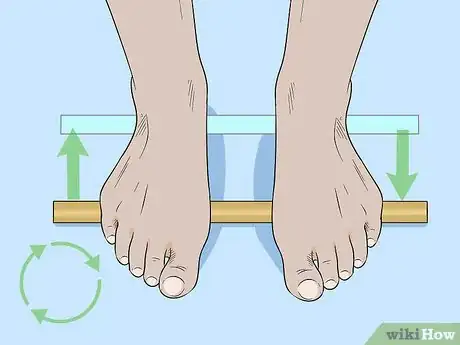
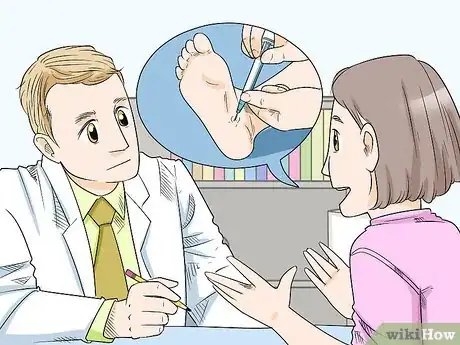


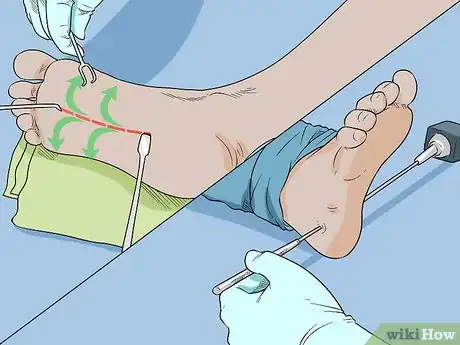


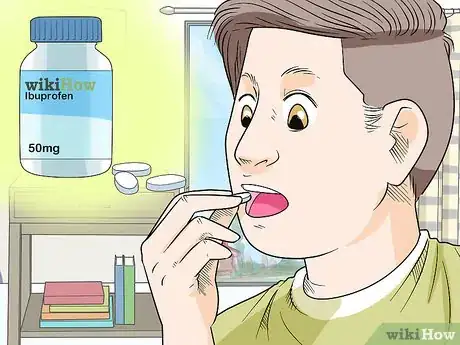
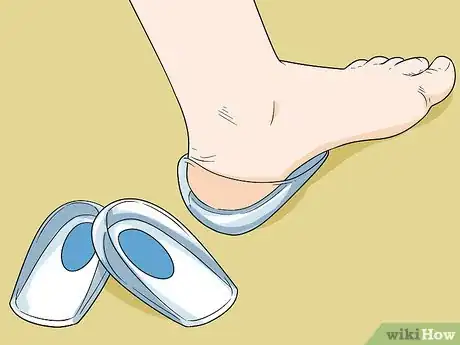
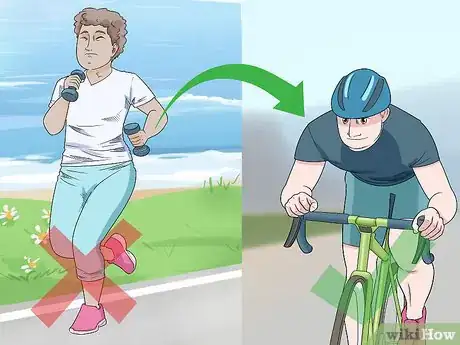
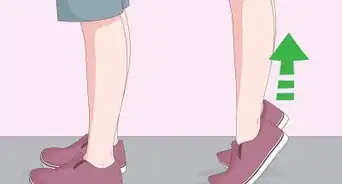
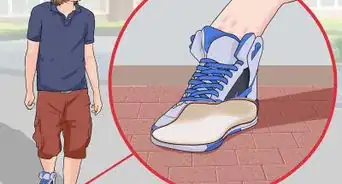
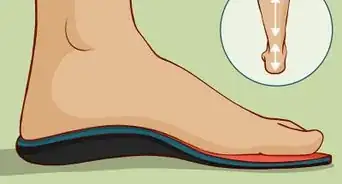
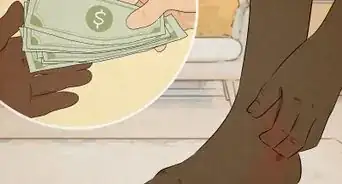
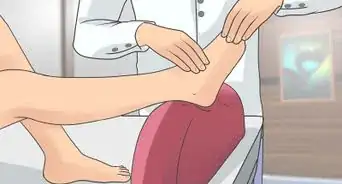
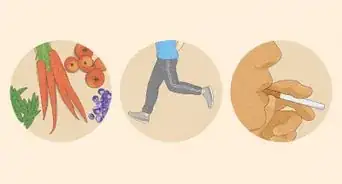
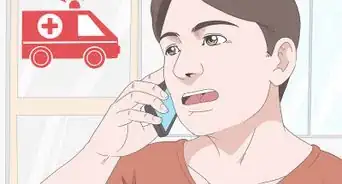
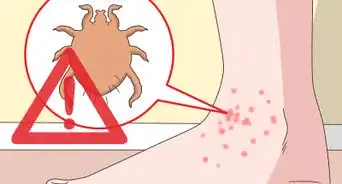
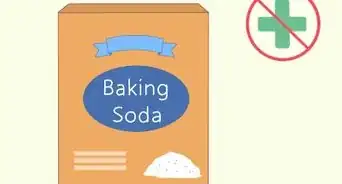
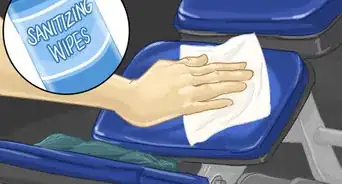
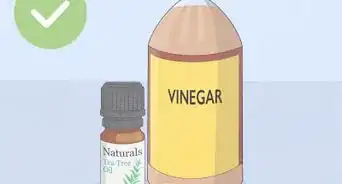
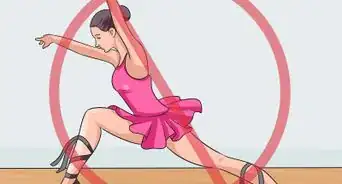
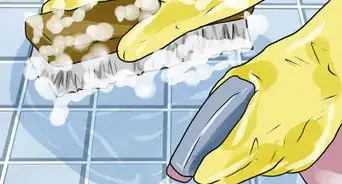
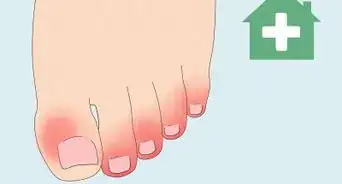










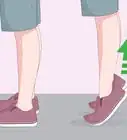
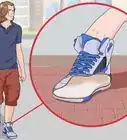
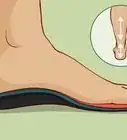
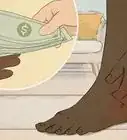




































Medical Disclaimer
The content of this article is not intended to be a substitute for professional medical advice, examination, diagnosis, or treatment. You should always contact your doctor or other qualified healthcare professional before starting, changing, or stopping any kind of health treatment.
Read More...